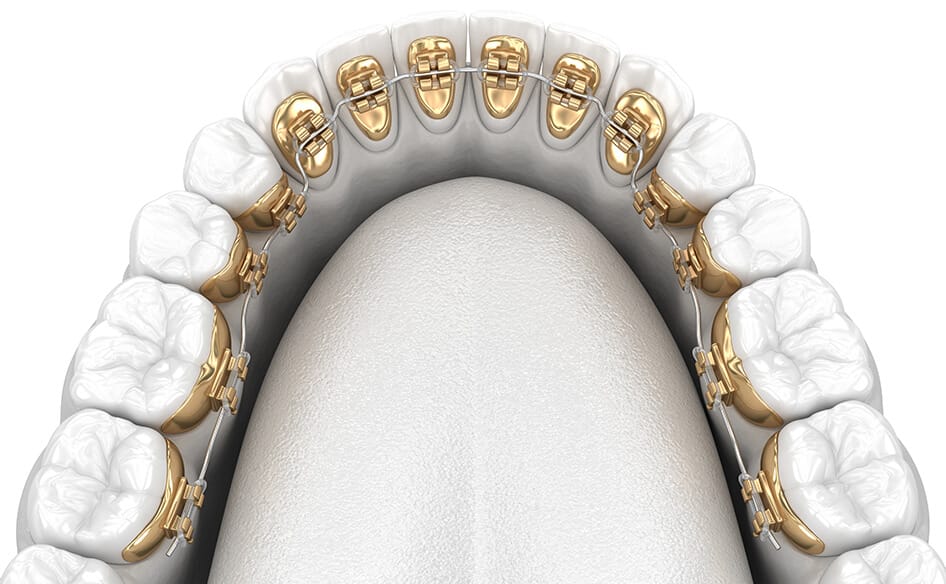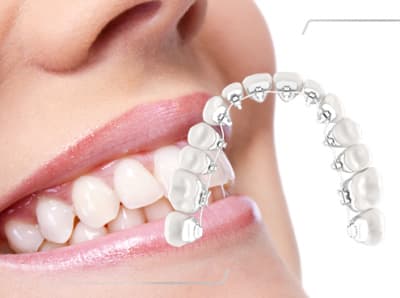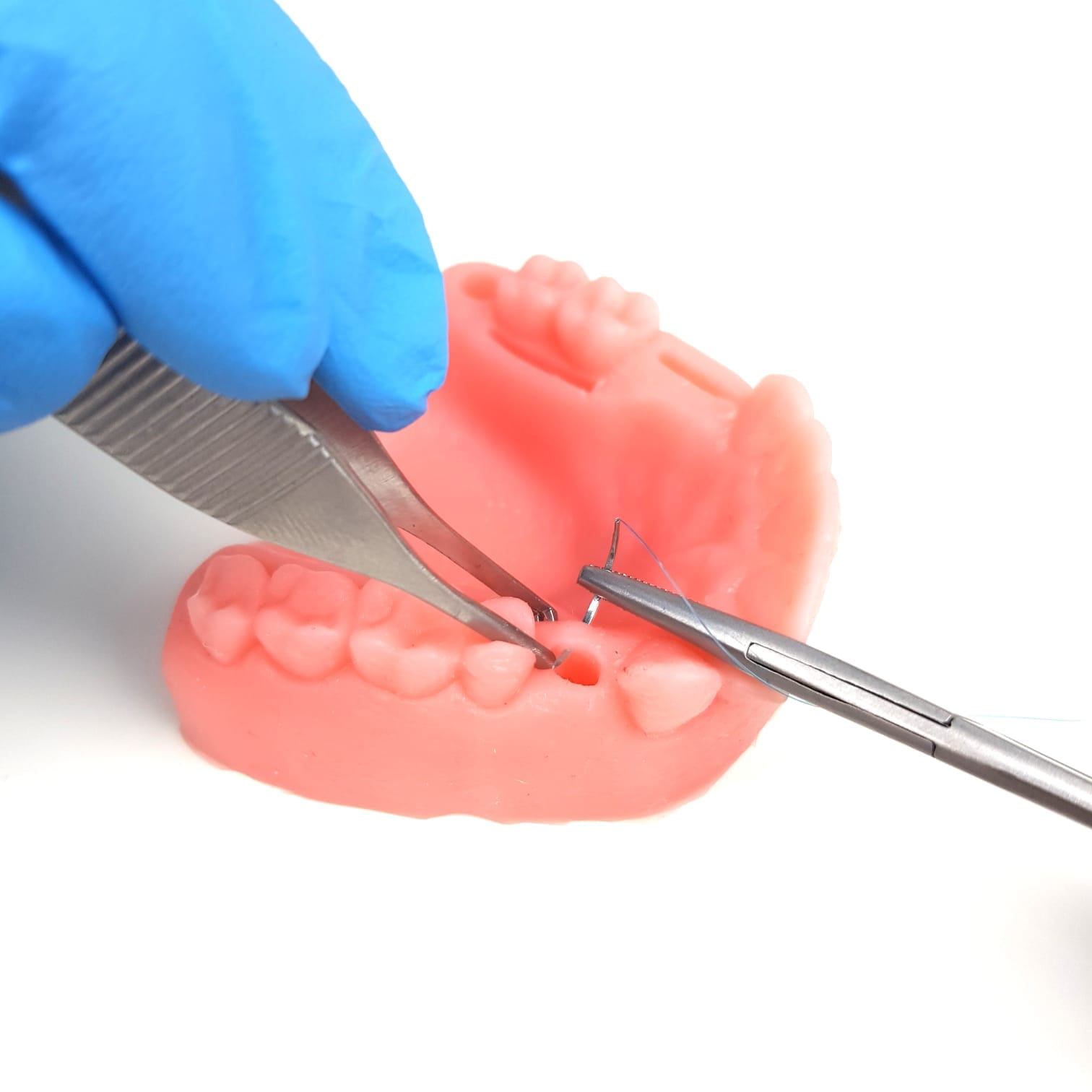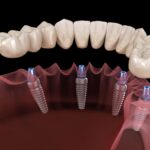In today’s world, achieving a beautiful smile is more accessible than ever, thanks to advancements in orthodontic treatments. Whether you’re considering braces for yourself or your child, understanding the various options available can be overwhelming. This comprehensive guide aims to demystify orthodontics and provide you with the essential information needed to make informed decisions about your dental care.
Understanding Orthodontic Treatment
Orthodontics is a specialized field within dentistry that focuses on diagnosing, preventing, and correcting dental and facial irregularities. The primary goal of orthodontic treatment is to align teeth and jaws, which not only enhances aesthetic appearance but also improves oral functionality.
The Importance of Orthodontic Care
Orthodontic treatment offers numerous benefits that extend far beyond cosmetic improvements. Here are some key advantages:
- Enhanced Aesthetics: A well-aligned smile can significantly boost self-esteem and confidence.
- Improved Oral Function: Proper alignment aids in essential functions such as speaking, biting, and chewing.
- Reduced Risk of Dental Issues: Straight teeth are easier to clean, lowering the chances of cavities and gum disease.
- Alleviation of Jaw Issues: Correcting misalignments can help alleviate temporomandibular joint (TMJ) disorders.
- Easier Dental Hygiene Maintenance: Straight teeth simplify brushing and flossing, promoting better overall oral health.
Popular Orthodontic Treatment Options in 2024
As technology continues to evolve, so do the options available for orthodontic treatment. Below are some of the most popular choices in 2024:
1. Traditional Metal Braces

Despite the emergence of newer alternatives, traditional metal braces remain a reliable and effective option for many patients.
Pros:
- Highly effective for complex cases.
- Generally more affordable than other options.
- Suitable for patients of all ages.
Cons:
- More noticeable than other options.
- Dietary restrictions are necessary to avoid damaging brackets and wires.
2. Ceramic Braces

Ceramic braces function similarly to metal braces but offer a more aesthetically pleasing appearance.
Pros:
- Less visible than metal braces.
- Effective for a wide range of orthodontic issues.
Cons:
- More expensive than metal braces.
- Brackets may stain if not properly cared for.
3. Lingual Braces

Lingual braces are placed on the inner surface of the teeth, making them virtually invisible from the outside.
Pros:
- Completely hidden from view.
- Effective for various orthodontic issues.
Cons:
- More expensive than traditional braces.
- May cause temporary speech difficulties.
4. Clear Aligners (e.g., Invisalign)

Clear aligners have gained immense popularity due to their discreet nature and convenience.
Pros:
- Nearly invisible.
- Removable for eating and oral hygiene.
- Often more comfortable than traditional braces.
Cons:
- Requires strict patient compliance.
- May not be suitable for complex cases.
5. Accelerated Orthodontics

Various techniques aim to speed up the orthodontic process, potentially reducing treatment time by up to 50%.
Pros:
- Shorter treatment duration.
- Can be combined with other orthodontic methods.
Cons:
- May involve additional procedures or devices.
- Not suitable for all cases.
Comparing Orthodontic Treatment Options
To help you better understand the differences between these options, here’s a comparison table:
| Treatment Option | Average Cost (USD) | Treatment Duration | Visibility | Maintenance |
|---|---|---|---|---|
| Traditional Metal Braces | $3,000 – $7,000 | 18-24 months | High | Regular adjustments |
| Ceramic Braces | $4,000 – $8,500 | 18-24 months | Moderate | Regular adjustments |
| Lingual Braces | $8,000 – $13,000 | 24-36 months | Low | Regular adjustments |
| Clear Aligners | $3,500 – $8,000 | 12-18 months | Very Low | Change aligners every 1-2 weeks |
| Accelerated Orthodontics | Varies | 6-12 months | Varies | Depends on primary treatment method |
Factors to Consider When Choosing Orthodontic Treatment
When deciding on the best orthodontic treatment for you or your child, consider these essential factors:
- Severity of Your Orthodontic Issue: Some treatments are better suited for complex cases than others.
- Aesthetic Preferences: Reflect on how visible you want your orthodontic treatment to be.
- Lifestyle and Compliance: Some treatments require more discipline and care than others; consider your daily routine.
- Budget Considerations: Treatment costs can vary significantly between options; ensure you understand your financial commitment.
- Treatment Duration: Consider how long you’re willing to undergo treatment; some methods offer quicker results than others.
- Age Considerations: Certain treatments may be more suitable for adults versus children or teenagers; consult with an orthodontist about age-related factors.
The Role of Technology in Modern Orthodontics
Technological advancements have revolutionized orthodontic care over recent years, providing more precise, efficient, and comfortable treatments:
Key Innovations Include:
- 3D Imaging and Printing: Facilitates accurate diagnostics and custom-made appliances tailored to individual needs.
- Digital Impressions: Replaces traditional molds with comfortable and precise digital scans that enhance patient experience.
- AI-Powered Treatment Planning: Utilizes artificial intelligence to assist orthodontists in creating accurate and personalized treatment plans based on individual patient data.
- Remote Monitoring Technology: Enables orthodontists to track patient progress without frequent in-office visits through apps that allow patients to send photos of their teeth.
Choosing the Right Orthodontist
Selecting a qualified orthodontist is crucial for achieving optimal results. Here are some tips to guide your choice:
- Look for Board-Certified Orthodontists: Certification from the American Board of Orthodontics (ABO) ensures that the practitioner meets high standards of care.
- Check Experience and Specialization: Ensure that the orthodontist has experience with your specific needs or complex cases if applicable.
- Read Patient Reviews and Testimonials: Gauge satisfaction levels by checking online reviews from previous patients; this can provide insight into their experiences.
- Schedule Consultations with Multiple Orthodontists: Compare treatment plans and find the best fit based on comfort level and communication style.
- Ensure They Offer Up-to-Date Technology Options: Verify that they utilize modern technology in their practice for enhanced patient care.
The Future of Orthodontics
As we look ahead, several trends are shaping the future of orthodontic care:
- Personalized Treatment Plans: Advances in genetic testing and AI may allow for more tailored approaches based on individual patient needs.
- Biocompatible Materials Development: New materials could provide better aesthetics while reducing treatment times significantly.
- Non-Invasive Acceleration Techniques: Innovative methods are being developed that speed up tooth movement without surgical intervention.
- Integration with Overall Health Care Solutions: Orthodontics may increasingly address broader health issues such as sleep apnea or jaw alignment related problems.
Conclusion
Choosing the right orthodontic treatment is a significant decision that can impact your oral health and confidence for years to come. By understanding the various options available—ranging from traditional metal braces to advanced clear aligners—and considering personal needs alongside professional guidance from qualified orthodontists, you can make an informed choice leading to a healthier, more beautiful smile.
Stay informed about the latest advancements in orthodontics by consulting reputable sources such as the American Association of Orthodontists or the American Board of Orthodontics. With dedication and the right treatment plan tailored just for you, achieving your ideal smile is within reach!











